Webb reveals a galaxy sparkling with the universe’s oldest star clusters
Using the James Webb Space Telescope, a team of researchers including Professor Adam Muzzin (Physics & Astronomy) and PhD student Ghassan Sarrouh identified the most distant globular clusters ever discovered. Globular clusters are ancient collections of stars from a galaxy’s infancy and contain clues about its earliest phases of formation and growth.
“Globular clusters are quite mysterious. They orbit the Milky Way and other galaxies, however, we have little idea where they come from,” said Muzzin.
In the finely detailed Webb’s First Deep Field image, the researchers zeroed in on “the Sparkler galaxy,” named for the small yellow-red objects surrounding it. The team posited that these sparkles could either be young clusters actively forming stars, or old globular clusters. From their initial analysis of 12 of these compact objects, the researchers determined that five of them are not only globular clusters but among the oldest ones known.
The team published their findings in The Astrophysical Journal Letters.
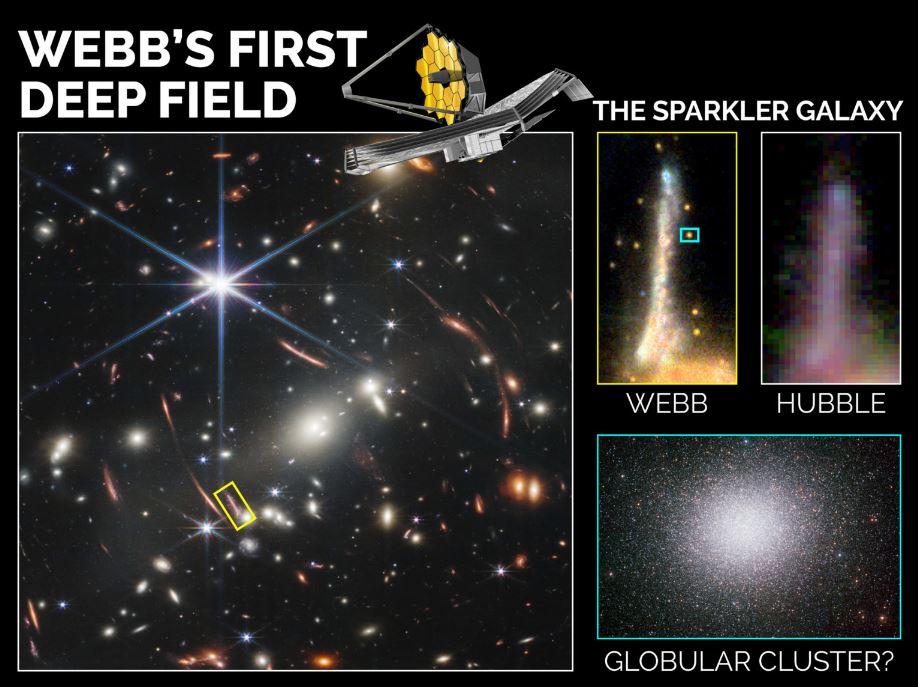
Climate change creating a cauldron of issues for lakes

Professor Sapna Sharma (Biology) and her colleagues reviewed and synthesized available studies on freshwater lakes from across the globe to get a cohesive picture of how climate change is threatening lakes.
They found that the effects of climate change on lakes are often cumulative. For instance, warmer air temperatures can lead to ice loss on northern lakes, increasing winter evaporation rates and water temperatures and leading to a multitude of physical and chemical effects, including greater salinity. Events like an earlier summer season can also cause mismatches in fish spawning and foraging, often with widespread ramifications across the food web. And some of the effects of climate change are creating conditions where lakes are losing oxygen needed for fish and other aquatic species. This deoxygenation can be made worse by cyanobacterial blooms.
“Climate change has far-reaching social and ecological repercussions, but the impacts of climate change, combined with other environmental pressures, are often little understood and the significance of them has not been appreciated at a global level,” said Sharma. “There is still much work to be done.”
The team’s research was published in the journal BioScience.
Vacuuming DNA from air could help monitor biodiversity
Research by Elizabeth Clare (Biology) showed that environmental DNA (eDNA) collected from air can be used to detect a wide range of animal species and offers a novel, non-invasive approach to monitoring biodiversity.
Her team used sensitive filters attached to vacuum pumps to collect air samples from Hamerton Zoo Park, UK, and succeeded in detecting the presence of numerous animal species within and beyond the confines of the zoo.
“The non-invasive nature of this approach makes it particularly valuable for observing vulnerable or endangered species as well as those in hard-to-reach environments, such as caves and burrows,” said Clare. “Air sampling could revolutionize terrestrial biomonitoring and provide new opportunities to track the composition of animal communities as well as detect invasion of non-native species.”
Serendipitously, a separate research team in Denmark also made a similar discovery (using a different filtering method). Their research papers were published together in the same issue of Current Biology.
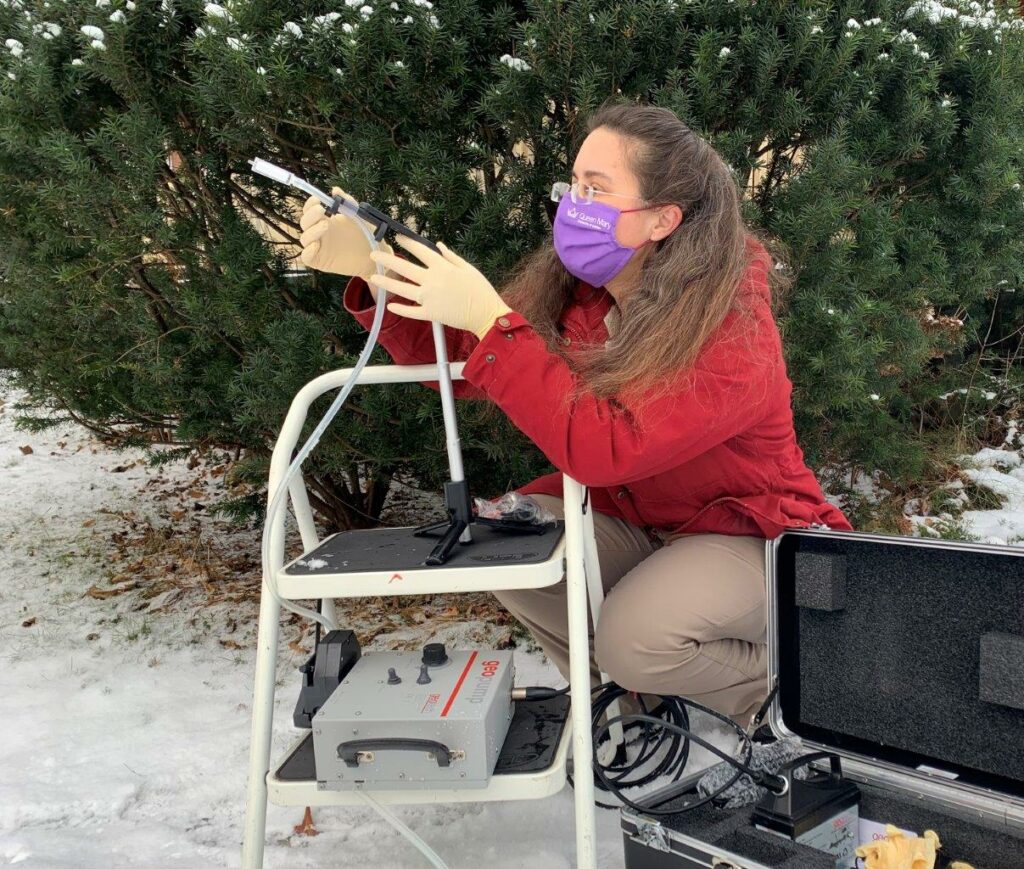
New, portable device detects glow emitted by plants to measure their health
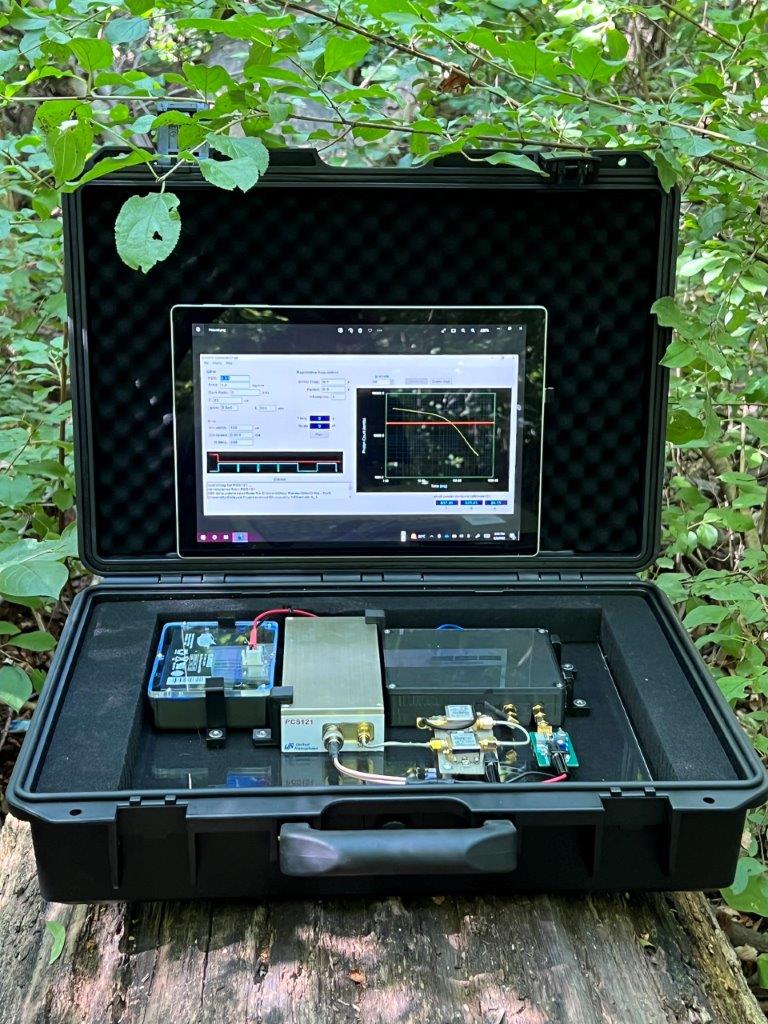
Healthy plants emit red light that is nearly impossible to see with the naked eye; but with a new, highly sensitive, portable biosensor instrument developed by Professors Ozzy Mermut (Physics & Astronomy) and William Pietro (Chemistry), it's now possible to measure that light out in the field.
"The weaker the light gets, the less healthy the plant is," said Mermut. "You can't always tell the health of the plant just by looking at it. Often, it will look green and healthy until you test it."
"We developed a device that can capture low intensity light emission from plants," said Pietro.
The tool – the size of a briefcase – can easily be deployed remotely to help measure the health and sustainability of plants, especially those stressed by CO2 emissions, greenhouse gases and extreme weather events, and asses impacts of industrialization. In the future, Mermut and Pietro hope that the equipment can be mounted on a drone to fly over rainforests, conservation areas or agricultural fields to gauge plant health.
They published their proof-of-concept study in a special issue of Biosensors.
Chemists create more sensitive rapid antigen test
Rapid antigen tests use a technology called lateral flow immunoassay (LFIA), which is simple to use and inexpensive. But a major limitation of LFIA is its low sensitivity.
A team led by Distinguished Research Professor Sergey Krylov (Chemistry) invented an enhancement step for LFIA whereby the sensitivity is increased by 25 to near 100 percent. The team, including York postdoctoral fellows Vasily Panferov and Nikita Ivanov, developed their enhanced test and proof of concept for the hepatitis B virus, increasing the diagnostic sensitivity of LFIA from 73 to 98 percent while not affecting its 95 percent specificity. The test requires a tiny drop of finger-prick capillary blood, making it practical for use on babies born from infectious mothers, for example. And it involves a simple procedure with low-cost accessory equipment that could be done in a primary care setting or lab to generate quick and reliable results.
“This could significantly reduce the workload of hospital testing facilities and facilitate more affordable diagnostics in resource-limited settings,” said Krylov.
The research was published in Angewandte Chemie International Edition.

Monkeypox in urban wildlife could lead to repeated outbreaks
Mathematical modelling led by Professor Huaiping Zhu (Mathematics & Statistics) showed that it would become difficult to control monkeypox (MPX) outbreaks in a metropolitan area if the virus were to spill over into wild animal hosts, such as rodents.
The team’s simulations suggested that the risk of an MPX outbreak remains high, but can be greatly reduced if at least 65 per cent of symptomatic cases are isolated and their contacts traced and quarantined. Nevertheless, when factoring in the existence of an animal reservoir and potential virus evolution, the team observed the possible higher risk of outbreaks with much earlier peaks and multiple waves driven by animal transmission.
“It is vital that we monitor the incidence of MPX in animals to serve as an extra indicator for assessing the risk of MPX epidemics,” said Zhu, who directs the Centre for Disease Modelling.
The research team included York postdoctoral fellow Pei Yuan and PhD students Yi Tan and Liu Yang, and Professor Jane Heffernan (Mathematics & Statistics). The research was published in the Journal of Medical Virology and conducted as part of the One Health Modelling Network for Emerging Infections, supported by NSERC and the Public Health Agency of Canada.

Celebrating new and renewed Chair positions
Canada Research Chairs (CRC)
In 2022, three professors in the Faculty of Science received new or renewed CRCs, bringing the total number in the Faculty to 10.
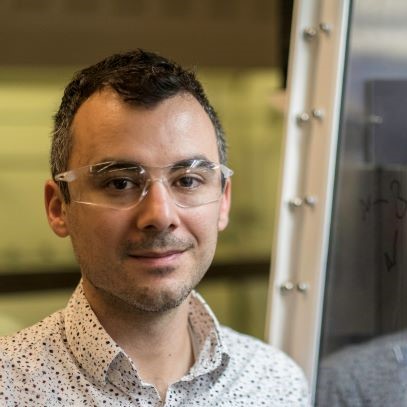
Professor Chris Caputo (Chemistry) – Tier 2 CRC in Main-Group Catalysis and Sustainable Chemistry (renewed)
Caputo’s CRC program is focused on developing greener catalysts to create chemicals. These catalysts are produced using less energy and without the need for precious metals, which are rare, expensive and unsustainable. His team is also working on an innovative platform technology from renewable feedstocks with the goal of revolutionizing personal care by producing ultra-long lasting sun protection.
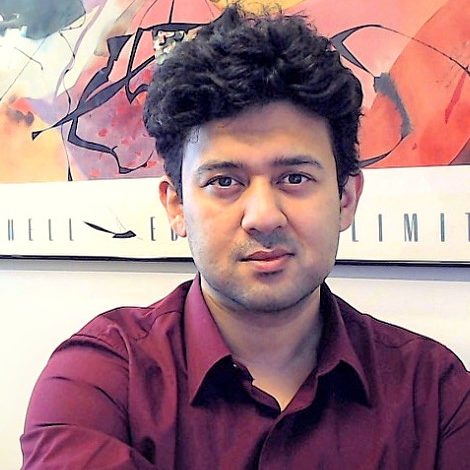
Professor Kohitij Kar (Biology) – Tier 2 CRC in Visual Neuroscience (new)
As CRC in Visual Neuroscience, Kar aims to uncover the inner workings of the primate visual system. He and his research team are performing detailed circuit-level neural measurements in non-human primates and relating them to specific visual behaviours. They are using their findings to develop artificial intelligence systems that mimic the primate brain in hopes of coming up with treatment strategies for mental health disorders that could improve cognitive behavioral therapies.
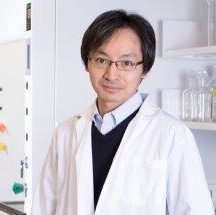
Professor Raymond Kwong (Biology) – Tier 2 CRC in Environmental Toxicology (renewed)
As CRC in Environmental Toxicology, Kwong strives to advance our understanding of how environmental stressors affect the function of aquatic animals’ nervous systems. Kwong and his research team are using molecular neurophysiology and functional genetics tools to study the toxicity of metals and bisphenol compounds in the early stages of aquatic animals’ lives. Their aim is to identify the mechanisms behind their toxic response or tolerance and to shed light on the relationship between environmental toxins and geno- and phenotypes.
York Research Chairs (YRC)
The YRC program is York University's internal counterpart for the national CRC program. In 2022, two professors in the Faculty of Science were appointed as YRCs, bringing the total number in the Faculty to 10.
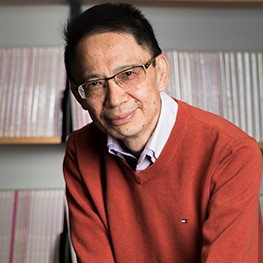
Professor Jianhong Wu (Mathematics & Statistics) – Tier 1 YRC in Industrial and Applied Mathematics
Wu is an expert in dynamical systems, disease modelling and vaccine evaluation. His YRC program aims, in part, to understand biological and physical systems wherein predation occurs. The research will contribute to the University’s growing capacities in disaster and emergency management and in AI research.
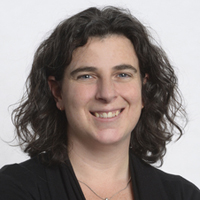
Professor Jane Heffernan (Mathematics & Statistics) – Tier 2 YRC in Mathematics of Immunity and Infectious Disease
In her YRC research program, Heffernan will develop models of immunity against infection that can be used to quantify distributions of immunity and its protective effects. The results of the work will serve to inform public health decision-making for mitigation and vaccination policies to combat infectious diseases, with particular emphasis on COVID-19 and influenza.
Endowed Chairs

Professor Sarah Rugheimer (Physics & Astronomy) – Allan I. Carswell Chair for the Public Understanding of Astronomy (new)
The Allan I. Carswell Chair for the Public Understanding of Astronomy, dedicated to science engagement and outreach, is funded by an investment made in partnership with the Carswell Family Foundation. Rugheimer’s research interests are in modelling the atmosphere and climate of extrasolar planets with a particular focus on atmospheric biosignatures in Earth-like planets, as well as modelling early Earth conditions. Her interests include many topics in the field of astrobiology, such as the origin of life on Earth and detecting life on other planets and moons in the universe.
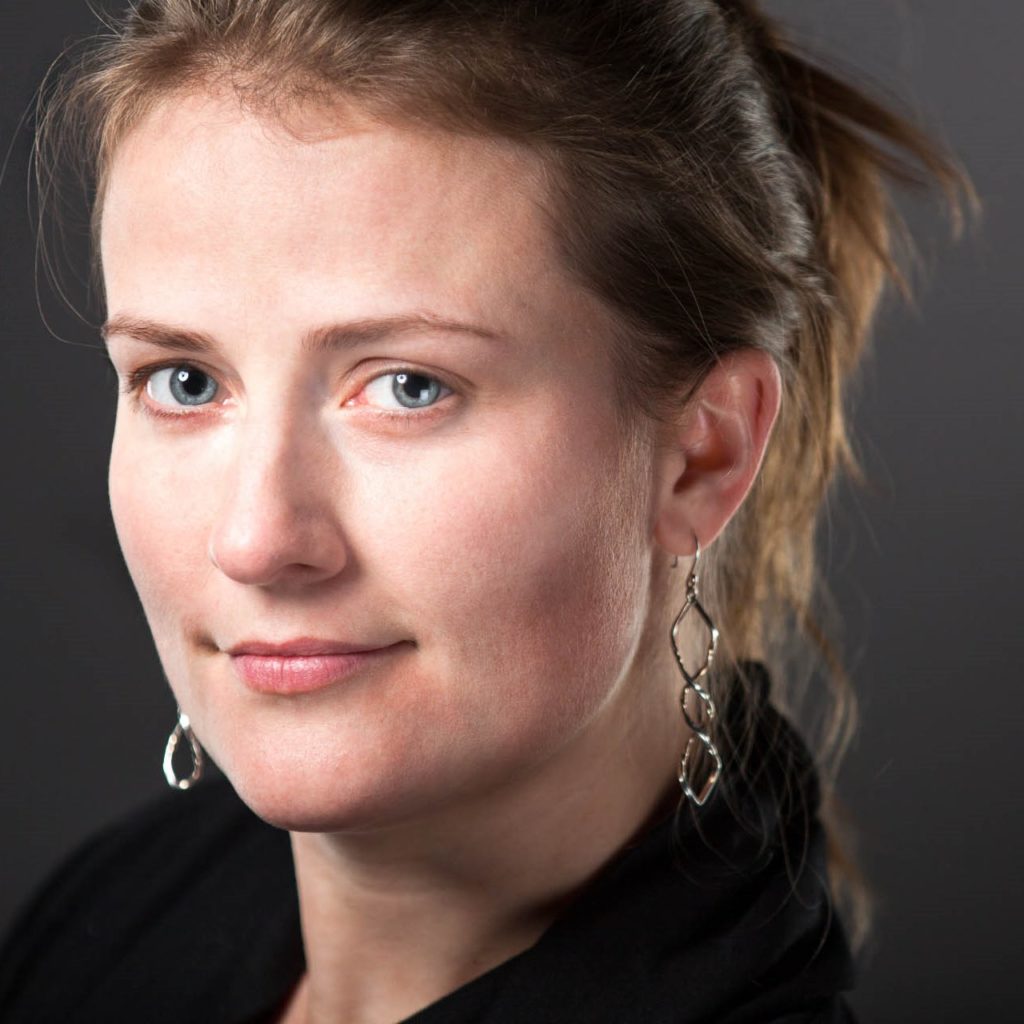
Professor Cora Young (Chemistry) – Guy Warwick Rogers Chair in Chemistry (renewed)
The Rogers Chair is funded by a donation from Mrs. Mary Rogers in 1988, in memory of her late husband, Guy Warwick Rogers, to support faculty research in the Department of Chemistry. Young conducts research on environmental chemistry, using state-of-the-science analytical techniques to characterize chemicals, their sources, and their fates in the environment.
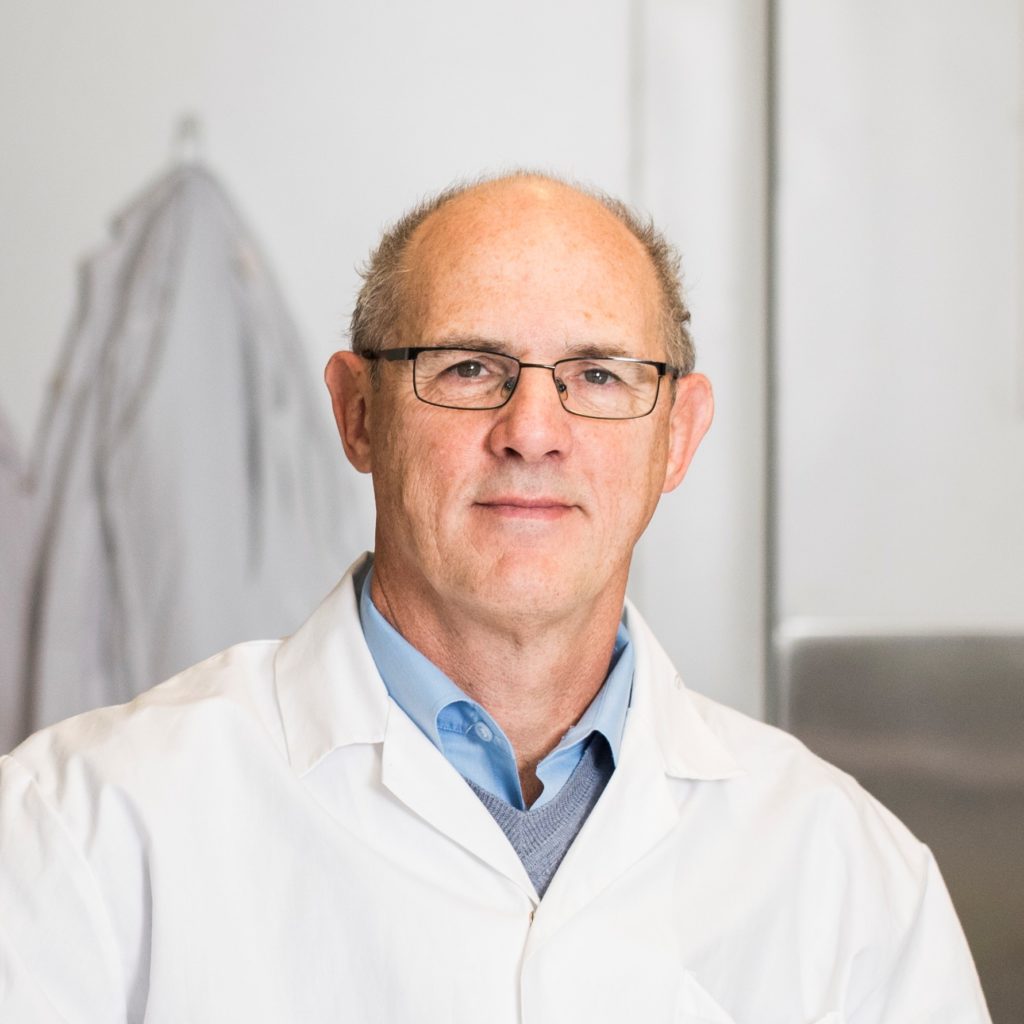
Professor John McDermott (Biology) – McLaughlin Research Chair (renewed)
The McLaughlin Research Chair is funded by the McLaughlin Foundation to support world-class life sciences research in the Faculty of Science. McDermott focuses on the mechanisms that cause a simple cell to become more specialized. He is particularly interested in studying the basic regulatory mechanisms involved in muscle cellular differentiation.
